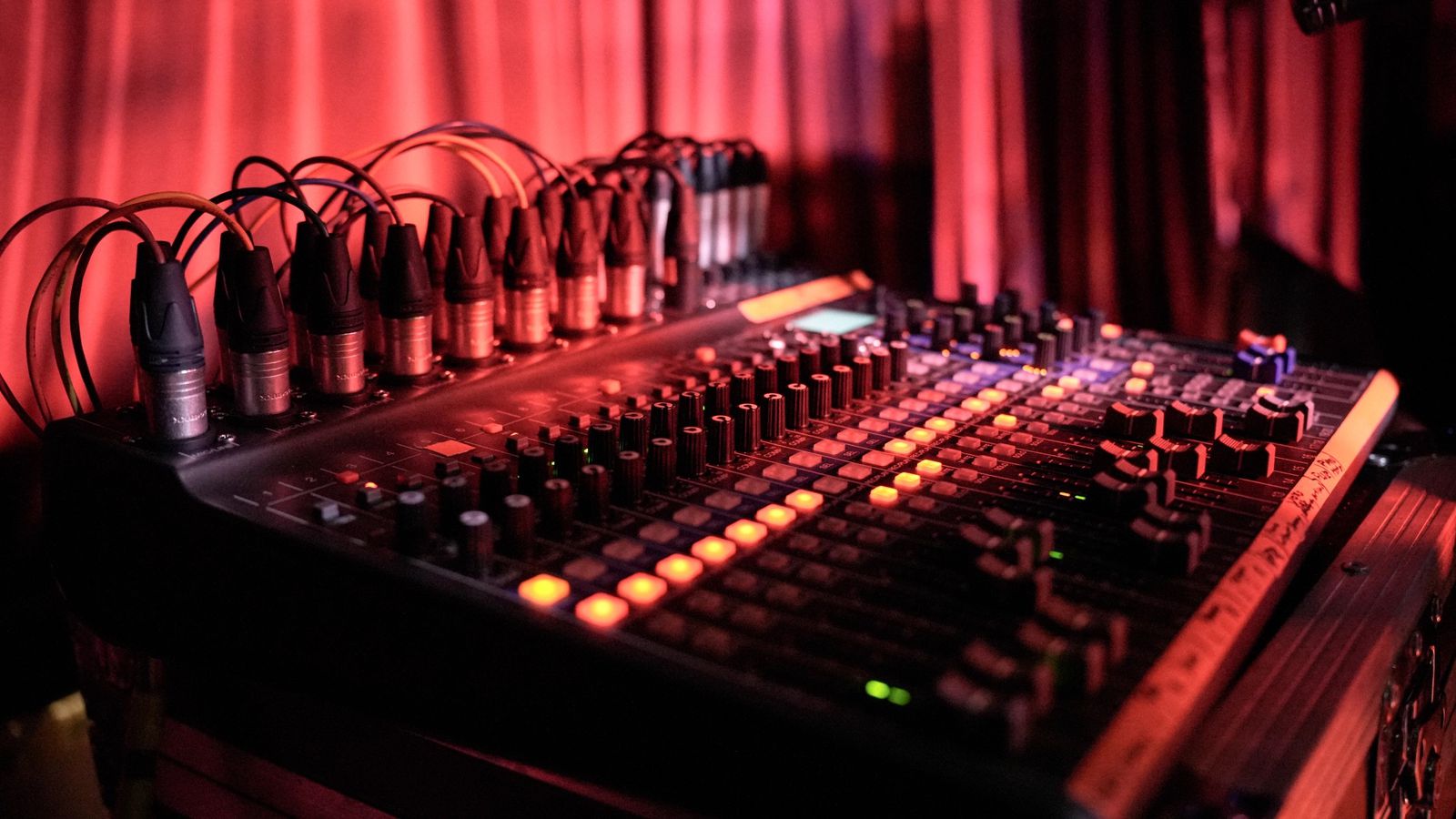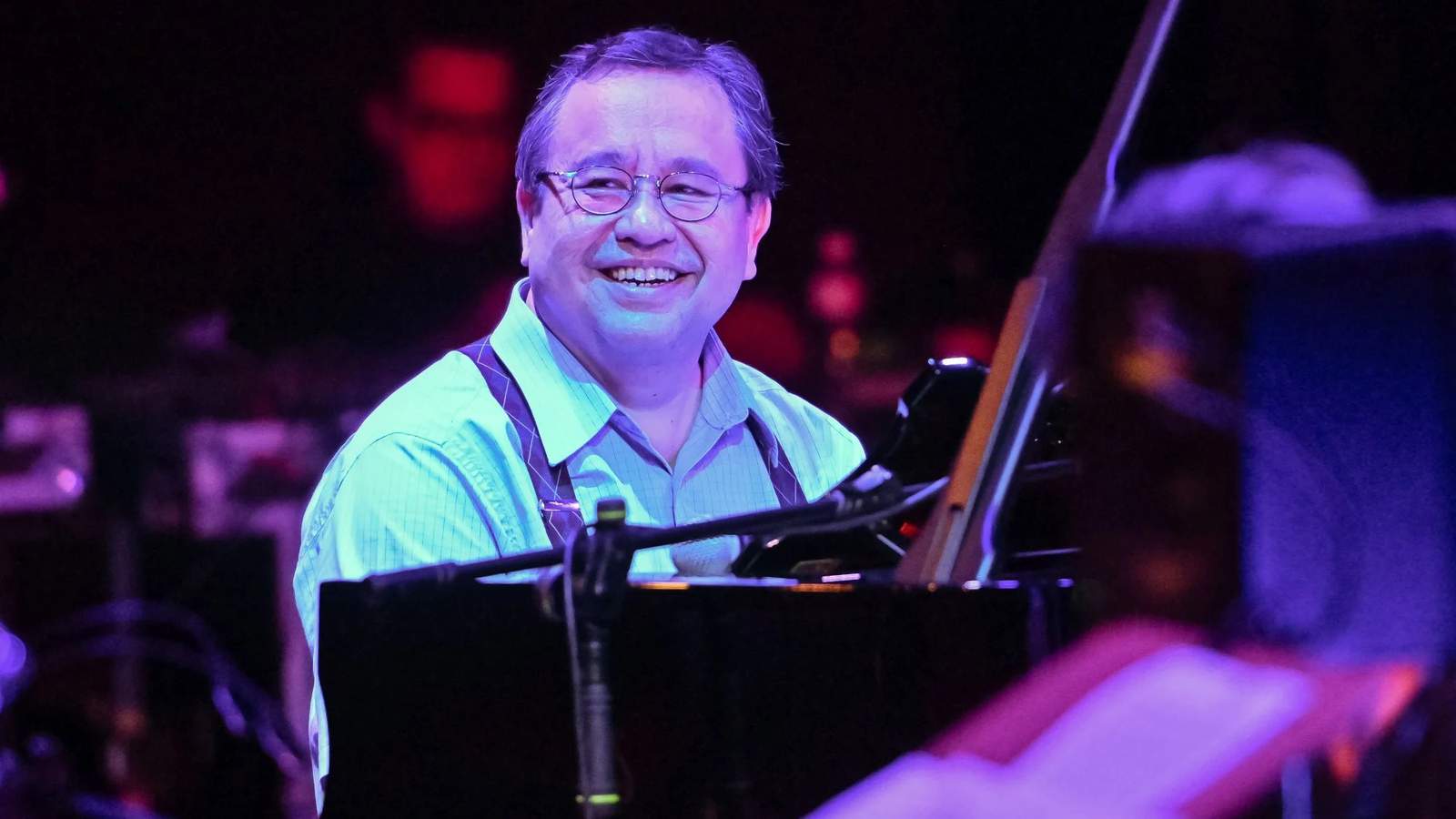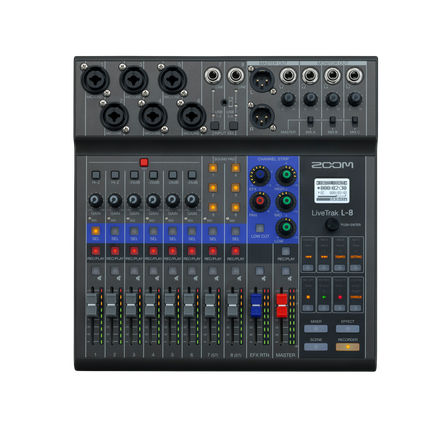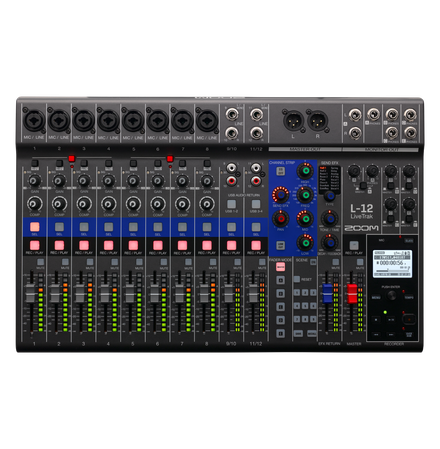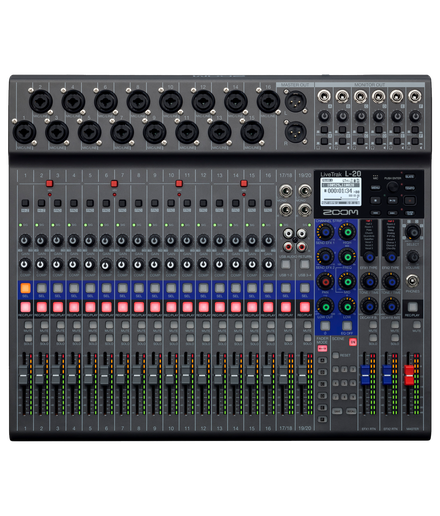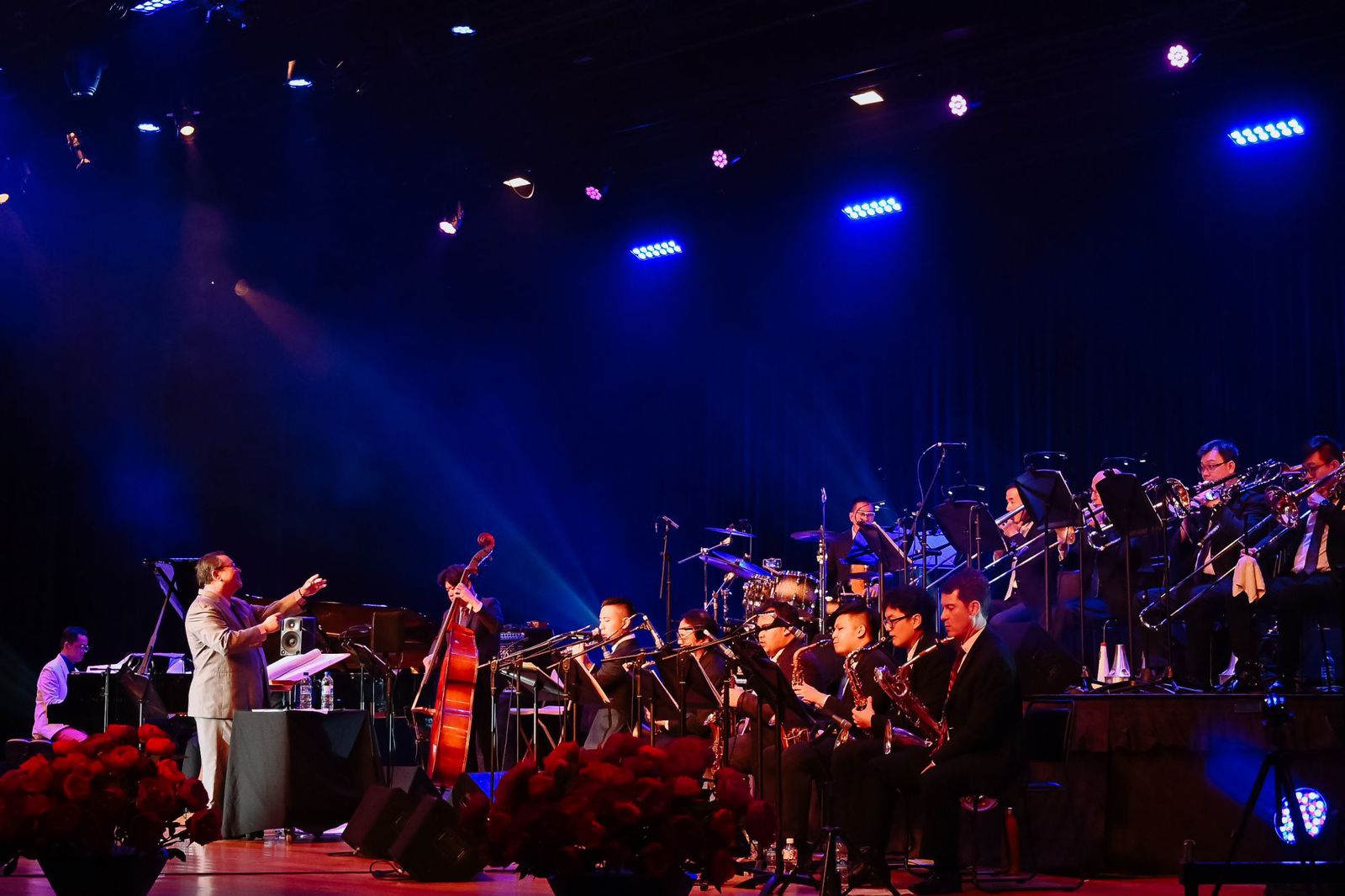
Photo by Nohendra Ruslan, courtesy of Jazz Association (Singapore)
Carrying forward an illustrious career spanning four and a half decades, the multi-faceted Jeremy Monteiro walks us through his humble beginnings growing up in Singapore and the rocky road to the world stage. Sharing the stage with James Moody, Ernie Watts and Simon & Garfunkel, for example, the jazz maestro is also a Fellow of the London College of Music and a Visiting Professor of the University of West London — just to name a few. Monteiro is also the Executive Director of the Jazz Association (Singapore), a keystone of development and support for jazz musicians in Singapore.

Courtesy of City Music Singapore

Courtesy of Jeremy Monteiro’s personal collection
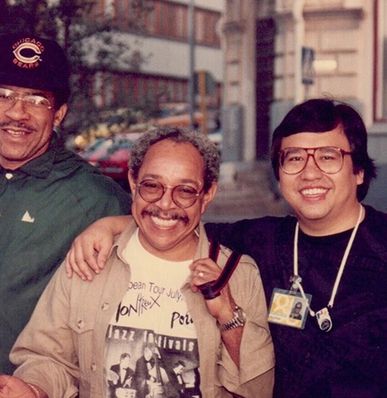
Courtesy of Jeremy Monteiro’s personal collection
What were your first professional opportunities as a musician? How did this shape your development?
Actually when I finished my O-levels, I decided I didn’t want to continue studying — to the consternation of my parents. I remember during the school holidays in December, I was hired by Country Club Hotel on East Coast Road by Mr. PC Tan to play solo piano and organ. So at the age of 16, that was my first professional gig. Then I went to audition to be the pianist at the Club 392 Quartet. 392 was a famous jazz club at that time. Basically, I went for an audition and not only did I get the job as the pianist, but also as the bandleader for a group where my musicians were in their 30’s and 40’s. The musicians were very nice because they respected me for my musicianship, so after a while we didn’t feel the age difference and I got along with them really well — it was a lot of fun.
In school I was really interested in jamming and I had a friend, his name was Hilarion Goh. He was already a professional musician in secondary school. St Joseph’s Institution on Bras Basah Road was right next door to his home and right next door to City Music. Back in the day I used to go inside and jam on the Hammond organ, the pianos and the electric pianos — the ‘Wurlitzer’ electric pianos. It was a great opportunity for me to learn a lot. The owner of City Music, Willy Hoe, used to sit down with me and show me voicings on the various instruments. To this day, I still consider him one of my teachers.
A year later, after playing at the “Club 392”, I was spotted to play session piano for EMI Records. That began a really wonderful decade and a half of playing on pop records. Although people know me as a jazz musician and I’ve got, you know, 46 albums as a jazz musician, I actually play on more than 300 pop albums starting from 1977 with such great regional artists such as Tracy Huang, Anita Sarawak, Frances Yip, Josh Lam, Sue Ray and Anita Mui. You name it, I think I’ve played with all the great Chinese artists. This continued till the end of the 90’s.
Of course, like every responsible male citizen, I had to go into the army at 18. I was lucky to go into the music and drama company, so that gave me a chance to actually hone my skills even more by playing with the music and drama company band, singers and musicians. It was a great learning experience over there.
When I came out, I started playing in one of Singapore’s top backing bands, The Ortegos, playing with top international stars at the Tiara Supper Club. By the time 1988 came along, I was given an opportunity to play on the main stage of the Montreal Jazz Festival. The show included the late Chick Corea, a ZOOM creator as well, and others like the famous rock group from Australia, INXS and Yellow Jackets, another renowned jazz group. That was really a wonderful opportunity for me to be seen around the world on television – playing on the main stage in the Montreux Jazz Festival.
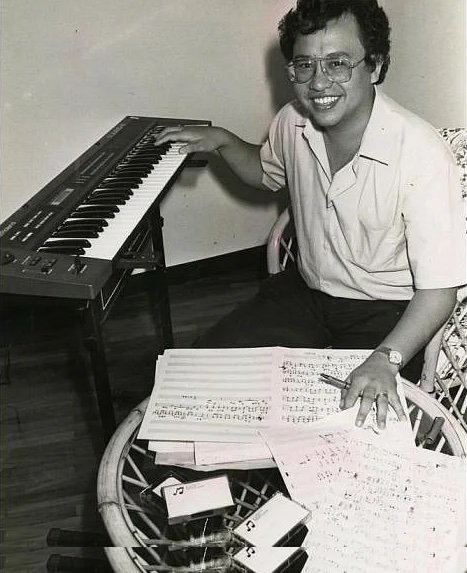
You’ve been a professional musician for almost half a century now; having experienced several major changes in the music industry, what are some differences in the way music has evolved from your perspective?
Well, one of the [changes] actually affected me. In the scene, the nickname given to me was ‘The Last Emperor of Jingles’ because me and everyone before me had 80% of the Jingle market in Singapore. But after me, because of MIDI and computer systems, people started having bedroom studios.Therefore, it completely splintered into many people doing it rather than one person holding the lion’s share of the market, which is a natural thing since technology came along, right? That was one of the things that really affected even orchestral musicians who suddenly find that they’re being replaced by keyboards and synthesizers.
The other thing is that when I was starting out, until maybe up to 20/25 years ago, there were a smaller number of great musicians, but now there are so many great musicians, even young ones in their early twenties, producing music that I didn’t even think about when I was in my early twenties. I mean, we are that age where we can look at YouTube and actually learn and study from the Masters. Information is so readily available, so actually music is just mushrooming, flourishing and proliferating. So the good part about that is that there’s much more music making, there’s much higher quality music making.
The bad part about it, if you can call it the bad part — it becomes very, very difficult for people to make a living with music.
So I guess the way one is to look at music is — if you love to produce music and make music, then just make music, whether or not you make a living from it or not

Where do you see the music industry going in the near future and what opportunities and challenges are there?
In the old days, you could seriously look at music as a career, but now the thing about it is that you have to look at just wanting to make music for the love of it and if you happen to be able to make it a career, then that’s good and that’s great.
At the same time, even though it’s becoming harder and harder to make a mainstream income as a musician, many people are choosing dual careers. I know doctors, for example, who have a really serious music making career. There are composers as well and people who are lawyers, but then they dedicate a certain number of days to their music making. In fact, one of Singapore’s only two Grammy nominees, Arun Shenoy, is a computer expert – that’s his main job, but he’s already got a Grammy nomination just doing it in his own free time.
I guess one way to look at music is — if you love to produce music and make music, then just make music whether you make a living from it or not. I often say that there is actually a difference between your job and your work, right? Your job is what you do to pay the bills, your work is your life mission. For example, a guy may be driving a taxi Monday to Friday as his job to pay for his bills, but on Saturday and Sunday, it’s his life mission – he may work at the Salvation Army helping people and that’s his work. So for me, my job is playing at corporate functions where no one listens to me and my work is playing concerts and jazz clubs where I may not make as much money as the corporate functions, but people are giving me their undivided attention.
You recently performed “Tapestry” with your home-grown orchestra, re:Sound. What inspired you to create this project?
In 1991, I actually won the Silver Medal for Best Music Score at the International Radio Festival of New York. It was for a large ensemble work, which I did on a Synclavier machine. Remember those humongous machines that cost $300,000 back then? You can now get the same effect from a mac computer or keyboard, right? <Laughs> So back then, I didn’t have to pay for that machine. It was just parked in my office by New England Digital for a year. I produced an overture in C as a sort of a precursor to the national song ‘One People, One Nation, One Singapore’ which I also composed. Basically the overture was what won the Silver Medal New York. Then after that, I decided I just wanted to concentrate on my jazz piano playing for decades.
About 10 years ago, I started getting the inclination to go back to large ensemble writing, so I started writing orchestral things again. About 2 and a half, 3 years ago, the re:Sound collective asked me, “Hey, can we do a concert together?” and I was like, “Wow!” — an opportunity to actually take the work that I’ve been doing over the last 10 years and present it in a concert, and now I’m really fired up about writing orchestral music and I think [you’ll] see re:Sound and myself and other orchestras, playing together more and more.
So in a recent interview, you stated that “Tapestry” was part of a “five-year plan to catalyze the symphonic jazz movement in Singapore”. So would you like to share anything about any upcoming projects within, or beyond this five-year plan?
Well, we started off with sort of an appetizer when I did a performance with members of the Braddell Heights Symphony Orchestra in a show that was called “Chamber Jazz”, early in 2021. Then, I think we got deeper into this kind of symphonic jazz repertoire together with re:Sound. re:Sound and I are planning a “Tapestry II” hopefully next year and even intending to bring “Tapestry II” to Europe and other places.
But I also want to work with other orchestras — Orchestra of the Music Makers (OMM); hopefully, eventually with the Singapore Symphony Orchestra (SSO) and so on. But not only me, I would love to see some of the really talented orchestral jazz composers like Chok Kerong, for example, who has done some amazing work already on his own, and some other people who like to write for this configuration of orchestra playing Jazz music.
In 5 years, I hope that it will be something that is viewed as a serious subgenre of music. Basically, I want to create a larger common space for jazz and classical listeners to meet ever so often in an environment where jazz and orchestral musicians can play music that’s appealing to all of us.
What considerations do you have when you set up your studio? How does Zoom help you achieve your goals?
I like clean sound, I don’t like too much gear. I was given an opportunity to work with both the Zoom L-12 and the L-20 — they have such a clean signal path and a consolidation of mixer, recorder, so on and so forth. The product and the philosophy behind the product really appealed to me. It just sort of really matched what I thought I needed in my own studio environment. I like good microphones, so I do have a small collection of decent microphones. A nice clean signal path [and] a very nice and quiet machine — that is really what I always look for. Instruments are very important to me as well. I love acoustic instruments, so you know, recording my baby grand piano has been really nice using the Zoom L-20.
I think when I want to align with a particular product, firstly, I look at its mission and what it is trying to do. It’s so clear that for so many years, Zoom has been at the forefront of really helping musicians and being very musician-centered in what they try to do in terms of the equipment that they produce and just feeling that resonance that I have with the brand as well as with the product. So, it’s kind of a natural fit and I’m really happy to be part of the ZOOM family.
